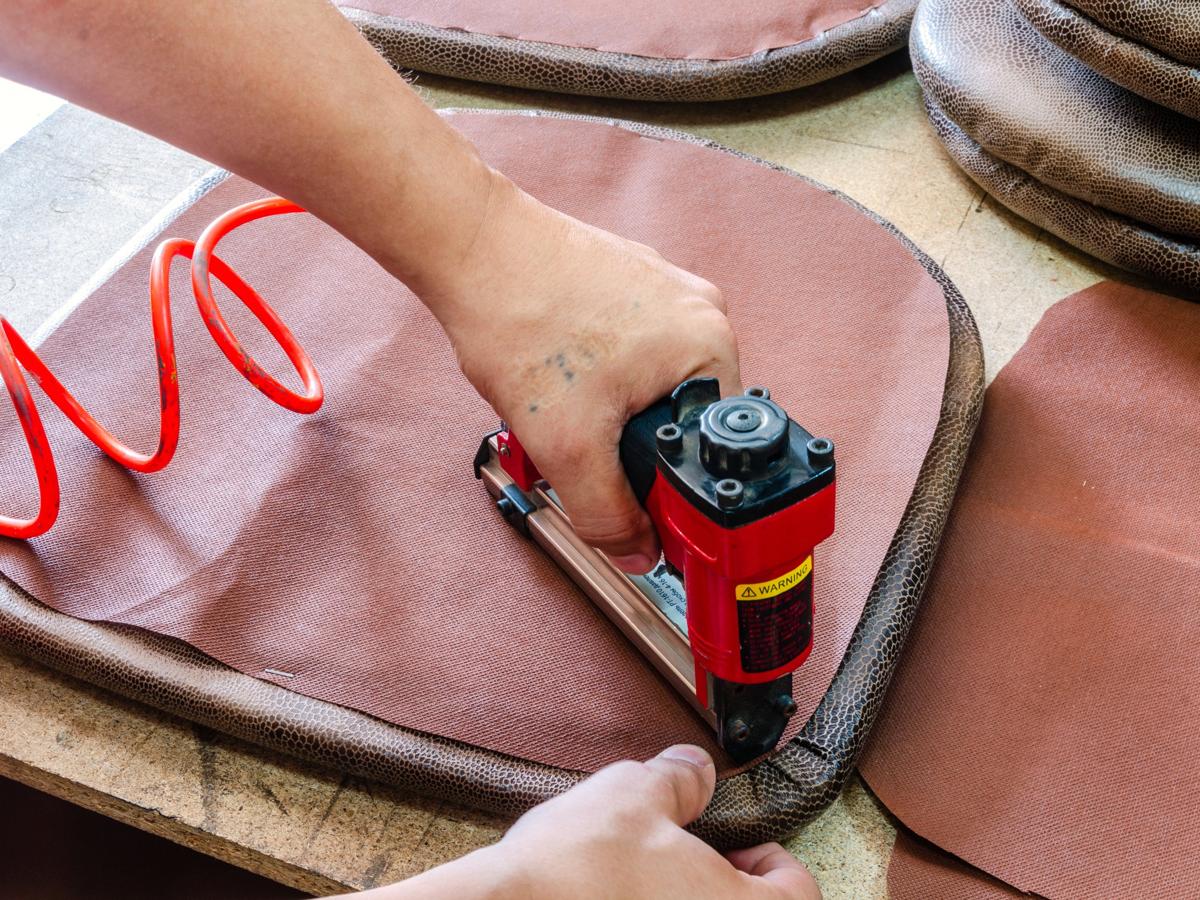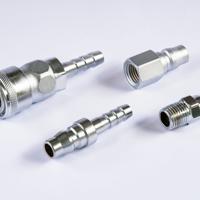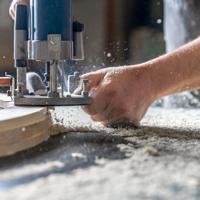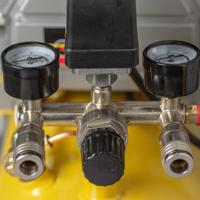Selecting the perfect nailer or stapler can feel like a daunting task, especially with the variety of options available today. Grasping the essentials behind each type can help streamline your decision-making process, ensuring you have the right tool in hand for your specific project needs.
Understand Your Project Requirements
Every project is unique, and so are its requirements. Start by determining the type of material you will be working with. Are you dealing with hardwood or softwood? Do you need a tool for a heavy-duty task or something more suited to light craftwork? If you’re working with wood, you might find our guide on Woodworking helpful.
Types of Nailers
Here’s a brief overview of some commonly used nailers:
-
Framing Nailers: These are ideal for large projects like constructing decks or building houses. They’re designed to handle heavy-duty requirements using larger nails. This falls under the broader category of nailers & staplers.
-
Finish Nailers: Typically used for detailed work such as crown molding or baseboards. They are perfect for final touches, utilizing smaller nails that leave tiny holes.
-
Brad Nailers: Best for delicate trim work. They shoot thin brads which minimize the risk of splitting.
-
Roofing Nailers: These are specially made for roofing applications, using nails designed for shingles.
-
Pin Nailers: Useful for very fine work, such as cabinetry, where discretion is key. The pins they shoot are almost invisible.
Types of Staplers
There are several types of staplers designed for specific purposes:
-
Manual Staplers: Generally suitable for light, occasional use where intricate power tools aren’t necessary.
-
Pneumatic Staplers: These are powered by air and provide extra force, making them suitable for upholstery and other demanding tasks. For more information on powerful air-powered tools, check out our guide on the best pneumatic nailers.
-
Electric Staplers: Offering convenience and speed, these are perfect for repetitive tasks.
Features to Consider
When choosing a nailer or stapler, consider the following features:
-
Power Source: Decide between pneumatic, electric, or manual power. Pneumatic tools are often considered reliable for continuous, high-power applications (source).
-
Ergonomics: Consider the weight, handle comfort, and overall design. Ergonomically designed tools help reduce fatigue, especially during long hours of work.
-
Magazine Capacity and Loading Style: Check the capacity and ease of use. Larger magazines mean fewer interruptions for reloading.
-
Depth Adjustment: Adjustable depth control ensures precision, adjustable to varying task demands.
Safety Precautions
Prioritize safety to prevent accidents:
-
Wear Safety Gear: Always use protective eyewear and ear protection.
-
Operate Correctly: Familiarize yourself with the instruction manual and follow operational guidelines. For more detailed instructions, see our How-To Tutorials.
-
Secure Your Workspace: Ensure that your workspace is stable and clear of obstructions.
Real-Life Applications
To help visualize the use of these tools: Guides
-
Installing Baseboards: A finish nailer is handy here. It ensures a clean and professional look without splitting the wood or leaving large holes.
-
Upholstering Furniture: A pneumatic stapler works well for attaching fabric to chairs or sofas, providing enough force to drive staples into dense materials.
Understanding what you need from a nailer or stapler helps in making an informed decision. Each project and material requires a different approach, and by paying attention to features and practice safety measures, your tool can become an efficient partner in realizing your pneumatic power tool aspirations.




